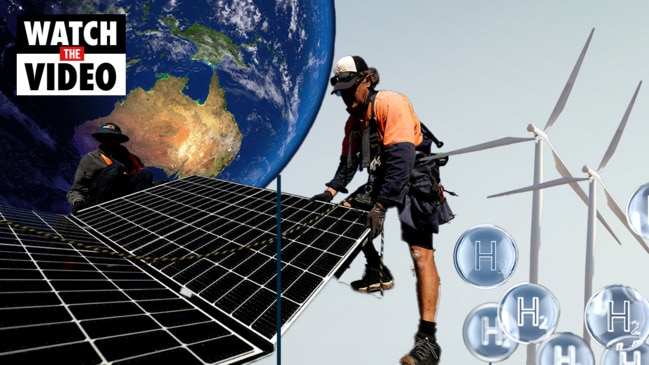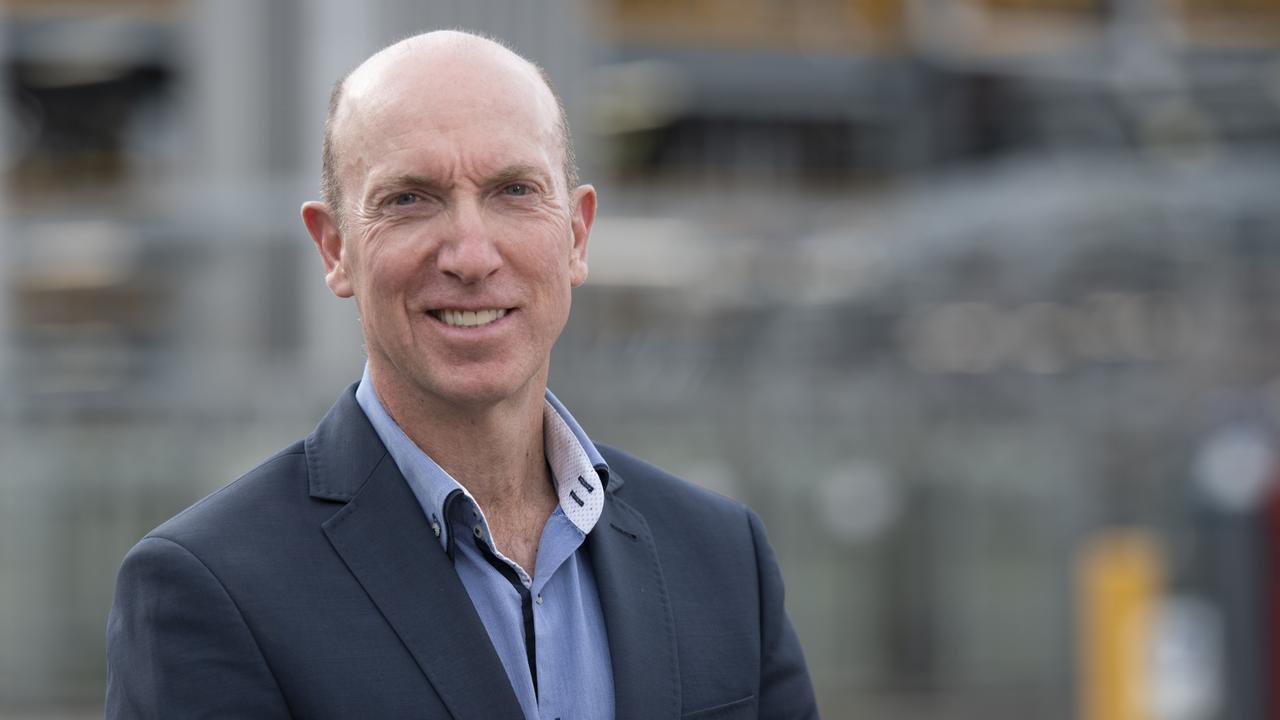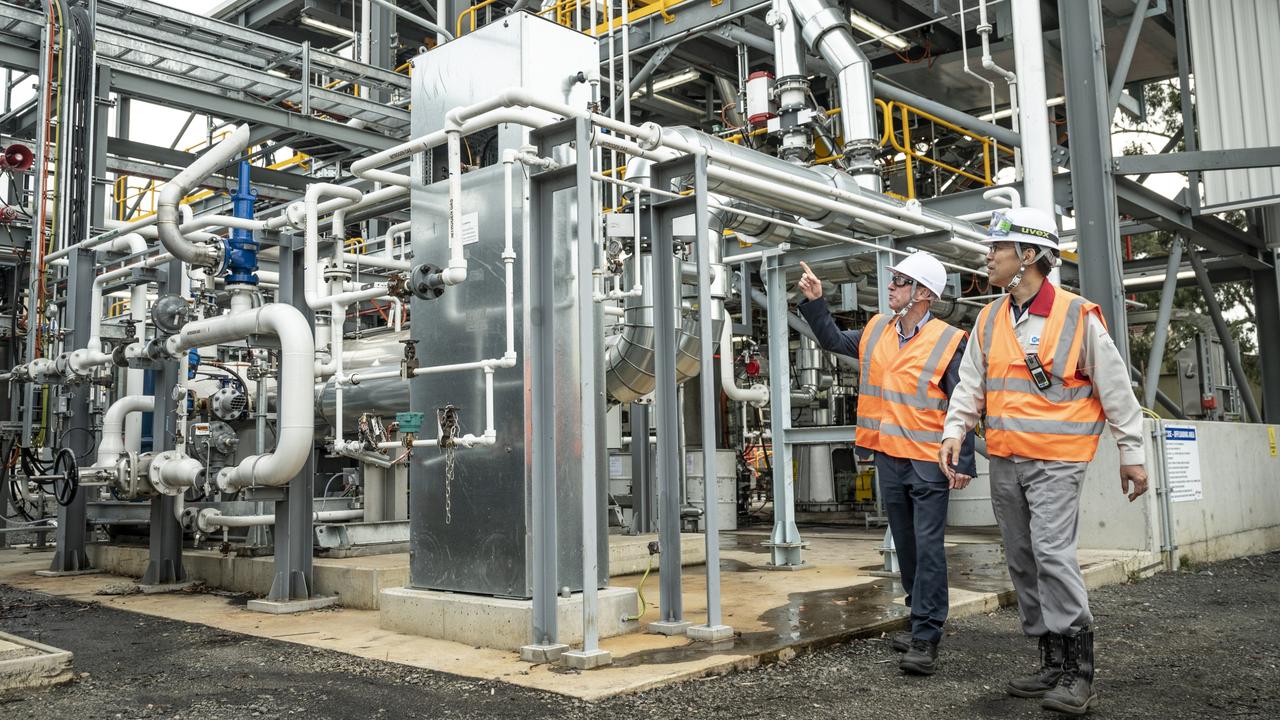How Victoria’s manufacturing industry could benefit from global net zero shift
The closure of Ford, Toyota and Holden has long cast a shadow over the Victorian manufacturing sector, but the global shift to a net zero economy presents huge opportunity.

Environment
Don't miss out on the headlines from Environment. Followed categories will be added to My News.
Victoria can use the global shift to a net zero economy to revitalise the state’s manufacturing sector, the head of the nation’s most advanced hydrogen export project says.
J Power Latrobe Valley managing director Jeremy Stone said while climate change demanded a deep economic transformation, it also presented a range of globally significant opportunities such as hydrogen.
“Our project is only happening because of the need to reduce C02 emissions,” he said.
“We need to take the first steps towards net zero, and it’s going to take some courageous people in both business and government to take them, but there are real opportunities to be grasped.”
One of the biggest of those opportunities is hydrogen, a clean burning fuel which can be used in transportation, electricity generation or as a manufacturing input for fertilisers and steel.

Global demand is tipped to rise six times by 2050 requiring $1.6 trillion in investment in new plants, the latest International Energy Agency analysis says.
J Power, one of Japan’s largest utilities, is backing the Hydrogen Energy Supply Chain project taking shape in the Latrobe Valley.
The $500m project is working to produce hydrogen from brown coal and store the associated emissions in depleted Bass Strait oil and gas fields using carbon capture and storage technology.
A final investment decision is not on the cards until 2025 but Mr Stone said the project had already created 400 jobs and could ultimately support 30,000 over its lifetime.
Many more again could be supported if the hydrogen was used to develop secondary manufacturing facilities in ammonia and fertiliser production, he said.
The project is not without its critics who say the nation should be focused on the production of ‘green’ hydrogen – hydrogen made without fossil fuels – and question whether the carbon capture storage process will either work or be economically feasible.
Mr Stone said the J Power project would produce hydrogen that was half to one-third the cost of hydrogen made from renewables, a cost advantage that would be crucial to kick starting a “hydrogen economy”.
Carbon capture storage technology had operated for more than 40 years and its success and economics were dependent on each individual project, Mr Stone said.
“I think one of the great problems we face is idealists waiting for perfect solutions – and that may come at a risk to us all – rather than saying here is a really good solution, let’s get on with it now,” he said.
Victoria has historically been at the heart of the nation’s manufacturing sector.
While the closure of Ford, Holden and Toyota cast a long shadow over the sector, manufacturing remains a $30bn industry.
Energy costs, both in powering plants and using gas as a raw material, are front of mind for the state’s heavy industry as the nation’s energy transformation gathers pace.
Alcoa’s aluminium smelter at Portland is Victoria’s single largest export site.
The federal and state government’s chipped in $160m earlier this year to keep the plant, which uses 10 per cent of Victoria’s electricity, running until 2026.
Alcoa this month said it aims to hit net zero by 2050, including halving its global emissions by 2030.
The company declined to say if the Portland smelter remained viable within its net zero framework but pointed out 30 per cent of its power already comes from renewables and this was expected to rise to 50 per cent by 2030.
It noted, however, that “it is vital that any policy approach to climate change does not harm the competitiveness of Australian businesses and industry who compete in global markets”.

“We support the implementation of a national framework to achieve emissions reductions objectives in a co-ordinated and efficient manner that provides policy leadership for the states and territories and investment certainty for industry,” the company said in a statement.
BASF Australia managing director David Hawkins said the world was moving to net zero and Victorian manufacturers had no choice but to adapt in order to remain attractive for investment.
“There’s no doubt that as part of our social license to operate we need Australia’s entire manufacturing value chain to work together towards net zero,” he said.
“It’s important that we accelerate this transformation now.
The Australian-arm of the German backed chemical maker is headquartered in Melbourne and operates two plants across the state.
It has adopted a net zero by 2050 goal and is carrying out a carbon and energy audit of its Australian operations.
It is also working with Monash University to develop new paints which require less raw materials and energy to produce, while its agricultural division is working to produce wheat and oilseed varieties with higher yields.
The chemicals industry is the nation’s third largest manufacturing sector.
Like the cement, steel and smelting industries, it faces a much harder challenge in cutting its emission than many other sectors.
“Companies like BASF need predictable and stable climate and energy policy frameworks that are market-oriented and cost-effective,” Mr Hawkins said.
Australian Industry Group said while the challenges for power intensive manufacturers were great, a net zero world would still need the products they made.
“If we are a great place to make renewable energy then we should be a great place to make stuff with renewable energy,” Ai Group climate, energy and environment policy head Tennant Reed said.
For more on this series go to: www.missionzero2050.com.au
Share your feedback or story: missionzero2050@news.com.au
More Coverage
Originally published as How Victoria’s manufacturing industry could benefit from global net zero shift









